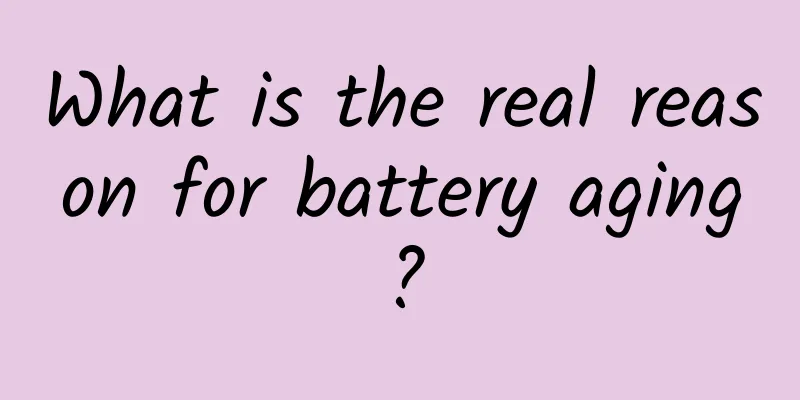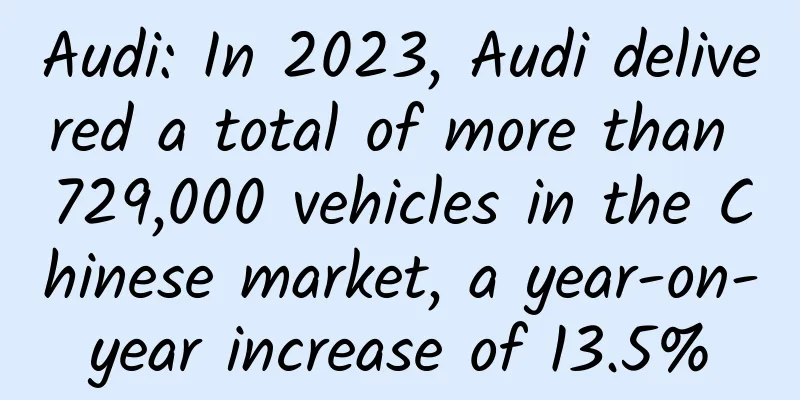What is the real reason for battery aging?

|
A recent Stanford University study on the behavior of tiny particles in lithium battery electrodes showed that quickly charging the battery and then using it for high-power, fast-consuming tasks may not cause as much damage to the battery as researchers expected, and the benefits of slow charging and consumption may also be exaggerated. The findings challenge the prevailing view that "supercharging" batteries requires more electrodes than slowly charging them, say researchers from Stanford University and the Stanford Materials and Energy Sciences (SIMES) at the U.S. Department of Energy's SLAC National Accelerator Laboratory. They also suggest that scientists may be able to change battery electrodes or change charging methods to promote a more uniform charging and discharging process, thereby extending battery life. "The details of the chemical processes that occur in the electrodes during charging and discharging are just one of many factors that determine battery life, but they were not fully understood before this study," said senior author William Chueh, an assistant professor of materials science and engineering at Stanford and a member of SIMES. "We have discovered a new way to study battery aging." These findings can be directly applied to the oxide and graphite electrodes used in many modern commercial lithium batteries. The study was published in the journal Nature Materials on September 14. The research team also includes research collaborators from the Massachusetts Institute of Technology, Sandia National Laboratories, Samsung Advanced Institute of Technology in South Korea, and Lawrence Berkeley National Laboratory in the United States. Observing the ions in the battery An important cause of battery loss is the expansion and contraction of the positive and negative electrodes when they absorb and release ions from the electrolyte during the charging and discharging process. In this study, scientists studied the positive electrode composed of billions of lithium iron phosphate nanoparticles. If most or all of the ions are actively involved in the charging and discharging process, they will absorb and release ions relatively uniformly. But if only a few particles absorb all the ions, they are more likely to break and damage, reducing the life of the battery. Previous studies have produced conflicting views about the properties and behavior of nanoparticles. To investigate further, the researchers created small coin batteries, charged them with different currents for different lengths of time, then quickly separated them and flushed the components to stop the charge/discharge process. The scientists then sliced the electrodes into very thin slices and sent them to Berkeley National Laboratory for examination using the intense X-ray beamline of the Advanced Light Source synchrotron. New insights into fast discharge "We can study thousands of electrode nanoparticles at a time and take snapshots of different stages of the charge and discharge process," said Yiyang Li, a graduate student at Stanford and lead author of the study. "This study is the first comprehensive and detailed investigation of the charge and discharge process under different charge and discharge conditions." By analyzing the data using a sophisticated model developed at MIT, the researchers found that only a small fraction of the nanoparticles absorbed and released ions during the charging process, even though the process occurred very quickly. But when the battery was discharged, something interesting happened: as the discharge rate increased beyond a certain limit, more and more particles began to absorb ions synchronously, transforming into a more uniform, less damaging pattern. This suggests that scientists may be able to tweak the electrode material or the process to allow for longer battery life, or faster charging and discharging rates. The next step, according to Li, is to run the battery electrodes through hundreds or even thousands of cycles to simulate real-world conditions. Scientists hope to be able to take snapshots of the battery as it charges and discharges, rather than interrupting the process and separating the battery components. This should lead to more realistic insights, and the process can be performed at a synchrotron, such as the ALS or the Stanford Synchrotron Radiation Lightsource at SLAC. Li also said the team is currently working closely with industry to investigate how these findings could be applied to transportation and consumer electronics. The research was supported by the Samsung Advanced Institute of Technology Global Innovation Extension Program in South Korea, the Stanford School of Engineering and Precourt School of Energy, the Samsung-MIT Materials Design for Energy Applications Program, and the U.S. Department of Energy. As a winner of Toutiao's Qingyun Plan and Baijiahao's Bai+ Plan, the 2019 Baidu Digital Author of the Year, the Baijiahao's Most Popular Author in the Technology Field, the 2019 Sogou Technology and Culture Author, and the 2021 Baijiahao Quarterly Influential Creator, he has won many awards, including the 2013 Sohu Best Industry Media Person, the 2015 China New Media Entrepreneurship Competition Beijing Third Place, the 2015 Guangmang Experience Award, the 2015 China New Media Entrepreneurship Competition Finals Third Place, and the 2018 Baidu Dynamic Annual Powerful Celebrity. |
<<: iPhone 6 cross-border brutal blow: kill 20nm graphics card
>>: iPhone 6 is not new to Chinese users
Recommend
New media operation, 12 ways to write golden headlines!
The main purpose of writing this article is to su...
Wuwei teacher main line capture dragon (02 issue) September
Wuwei teacher's main line of catching dragons...
Jiebao linkage system course "Leopard Brother Short-term Practical System Course" and "Jiebao Trading System Advanced Edition" video tutorial
Course Contents: 1. [Xiaojie Night News] Jiege Tr...
If a wild boar falls down, will a passing wild boar help it?
You will not only encounter wild boars in mountai...
Water becomes smoothie instantly when poured out. Here is a trick to make smoothie drinks at home.
Audit expert: Meng Meng Associate Researcher, Ins...
Nearly 20% of users have upgraded to iOS 15, and the speed has dropped significantly compared to 14
[[427118]] It has been 10 days since iOS 15 was r...
Mou Cong Bodybuilding Elite Training Camp Lecture Video
Introduction to Mou Cong Bodybuilding Elite Train...
13 types of cancer actually "prefer" the same type of people! Many people don't care until they get sick
This article was reviewed by Hu Zhongdong, associ...
How important is the liver to us? Let's take a look at the fate of a liver
Author: Sun Yuhang and Zhou Yixi Medical College ...
Is it possible to equip passenger planes with parachutes? In fact, it has already been done
Judging from the accident rate, airplanes are und...
How to operate content for non-content products: The core lies in content presentation and recommendation
Content presentation and content recommendation a...
Popular Science | "Centennial Sugarcane" - The Legend of the Chinese Species of Sugarcane
[ Introduction ] Sugarcane is the fifth largest c...
iQIYI's Duan Youqiao: Living room and bedroom are the most important markets for VR
In the Chinese Internet circle, where the term &q...
Fang Hao’s selected skills class for the 2021 postgraduate entrance examination in mathematics will help you solve problems much faster than others! Less likely to go wrong!
Fang Hao’s selected skills class for the 2021 pos...
Zhihu's latest recommendation algorithm
Why do some people’s answers on Zhihu always have...









